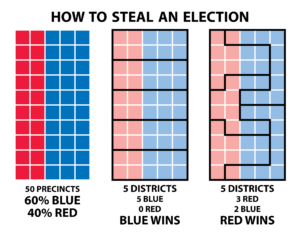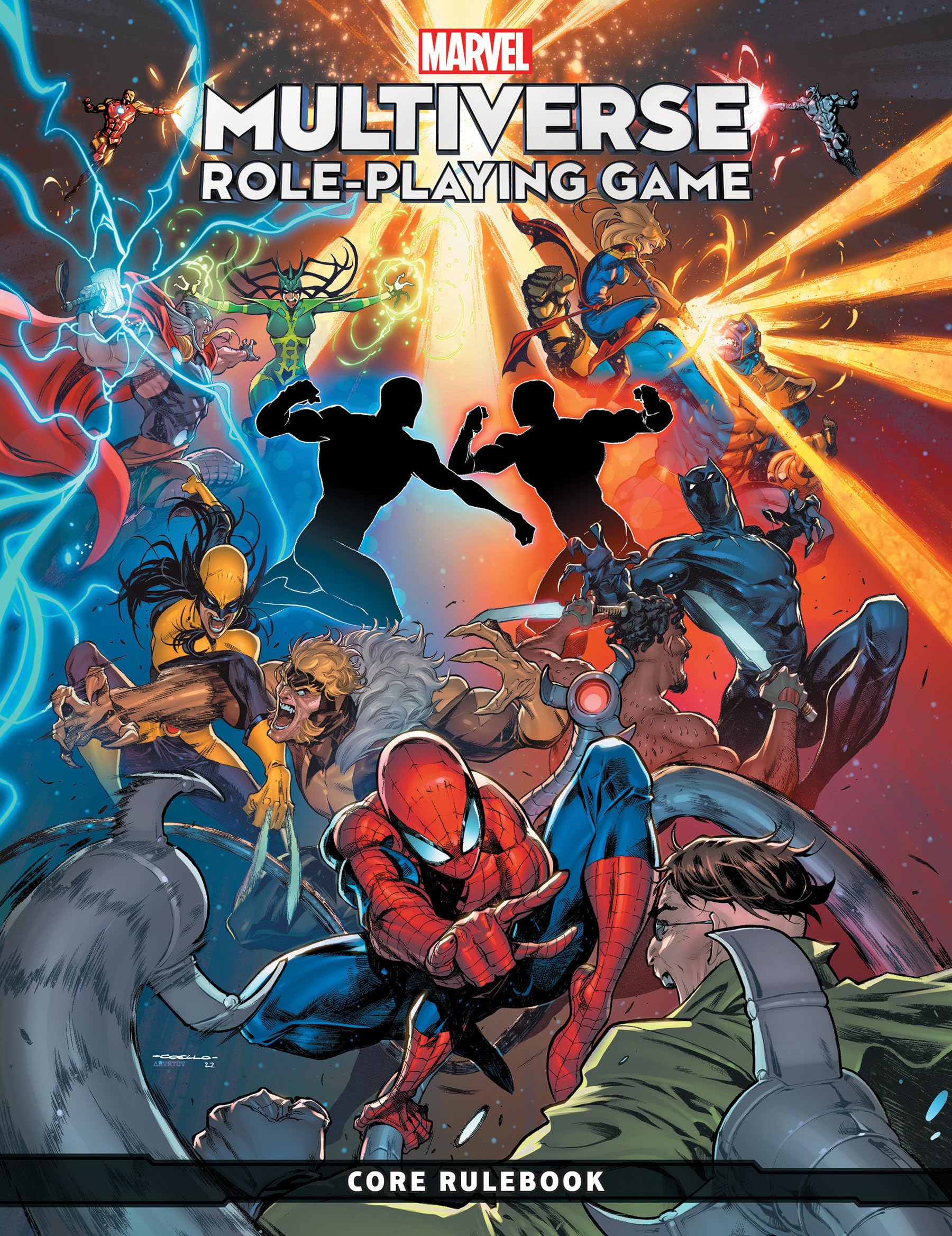The Most Important Boring Thing
What’s the most important part of a democracy? Hopefully, that’s an easy answer, the ability for everyone to vote. Over the history of the United States, we’ve slowly been working to ensure the “everyone” part of that statement holds true. It’s been a pretty slow process and not without its ups and downs.
Right now there is lots of talk about voter suppression. As much as people would love to pretend that everyone has equal access to vote, unfortunately, we’re not there yet. While it is easy to look at that list and focus on some of the more egregious violations on there, there’s one thing not included that affects everyone far more systemically. The very process by which votes are made. It’s not a sexy topic to think about but the way the system works now suppresses far more votes overall than any other one thing.
So what do I mean by this? I’m talking about our current “winner take all” system. The way things work now, the person with the most votes, wins the election. Now, it is important to note that this doesn’t mean the person with a majority of votes, just the person with a plurality, ie more votes than anyone else.
Because of this system, most elections come down to two candidates. When this happens, it masks the system’s problems because one of the candidates usually ends up getting a majority. Hidden by that, are all the people who didn’t vote because they supported neither of the two candidates. Or all the people who didn’t vote because they didn’t see the point in a gerrymandered district.
Winner-take-all election systems inevitably spiral into a two-party system. But people aren’t A or B. They have a far more diverse set of opinions. Issues are also distorted, ignored and easily manipulated when you only give people two choices.
Let’s look at a ridiculous example of this. A majority of people in the country would like Tacos every Tuesday. They all like Tacos. Party A supports Taco Tuesday but Party B does not. But Party A also supports having vegetables with every meal. You really don’t want stinky vegetables with dinner. Party B also is opposed to vegetables but you really want those tacos. You discover Party C, who support Taco Tuesday and are opposed to vegetables. So you vote for Party C.
Unfortunately, in this winner-take-all system, all the people who support Taco Tuesday are split between Party A and Party C. 30% vote for Party A, 35% for Party B, and 10% for Party C. 25% want Tacos but don’t bother because they don’t think their vote will matter. Party B wins the election. Nobody gets Taco Tuesday, despite 65% of people wanting it.
Now, as I said, this is a ridiculous example but it shows how third parties just don’t work in a winner-take-all system. Inevitably, everything is distilled down to two parties. It’s A or B. Not granularity in opinions. You either support A or you let B win.
But it doesn’t have to work this way. Rather than winner-take-all we could implement Ranked Choice Voting. Instead of voting A, B or C, you ranked all of them by your priority. In the above example, those 10% of C would have had their votes transferred to their second choice. If all of them really wanted Taco Tuesday, they could have listed Party A as their second choice.
Alternatively, the election went like this;
- 28% Party A, 30% Party B, 20% Party C, 22% Party D (who support Taco Tuesday but have no opinion on vegetables).
- Party C’s votes are redistributed to their second choice.
- Now it’s 35% Party A, 32% Party B, 33% Party D.
- Party B’s votes are now redistributed to their second or third choice.
- The final outcome is 46% Party A and 54% Party D. The group that didn’t even get counted in Winner-Take-All because their supporters didn’t bother to vote, knowing they would lose.
Even if Party A or B still ended up winning, they would have a clearer picture of how fragile their support is. This leads to less partisan, hardlines stances. In the above example, Party B went from winning to losing because they were opposed to something everyone supported. Party D ends up winning because they actually stood with the majority, for tacos but didn’t have a strong stance on vegetables, which people were mixed on.
Ranked Choice Voting works far better than our current system to support the actual will of the people. It can even easily be taken a step further and work with multi-representative districts. Look at the example below which shows how, through gerrymandering, its possible that either the least popular party wins or the minority party gets nothing.

Instead of those unfair outcomes, with a combination of Ranked Choice Voting and multi-person districts, you have one single district with five representatives. Three blue and two red, matching the people’s actual opinions.
Now, if you’re still reading, congratulations! You didn’t fall asleep. How voting is done isn’t the sexiest or most exciting thing to think about. But it is quite important. Kind of like vegetables, unfortunately.
Fortunately, now is the time to do something about this though. Maine has already implemented Ranked Choice Voting and used it during their last election. Vermont is considering it. There is an effort underway in the US House of Representatives. Go support this effort.
Reorganizing how elections are handled on this level will have a ripple effect across the country. People recognize how unfair the system is now. They wanted a change. They didn’t want Hilary Clinton. Unfortunately, Donald Trump used that desire along with a manipulation of the broken system to get elected president. Despite not having a majority of the countries support. Let’s avoid another Trump vs Hilary situation at any level.

